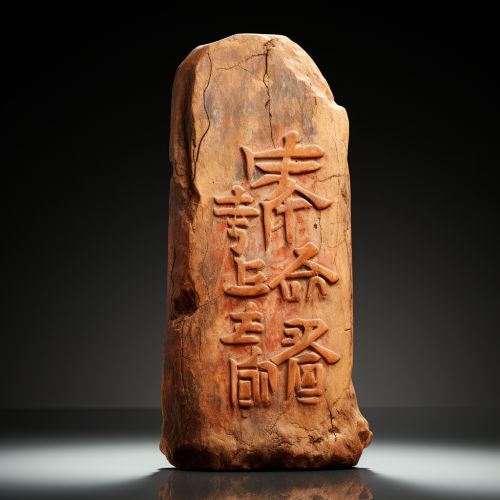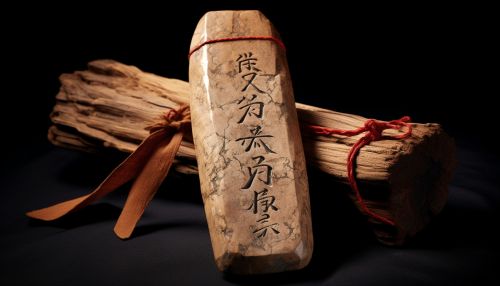Chinese Language
Overview
The Chinese language, also known as Hanyu, is a group of languages or dialects that form a branch of the Sino-Tibetan language family. It is the most widely spoken language in the world, with over a billion native speakers. The Chinese language has a rich history and a complex system of writing, making it one of the world's oldest continuously used systems of writing.
History
The history of the Chinese language is a complex interplay of cultural, linguistic, and political factors. It is generally divided into five main periods: Old Chinese, Middle Chinese, Early Modern Chinese, Late Modern Chinese, and Contemporary Chinese.
Old Chinese
Old Chinese, also known as Archaic Chinese, is the oldest attested stage of Chinese, and the ancestor of all modern varieties of Chinese. It was spoken from the Shang dynasty to the Zhou dynasty, roughly from the 12th to the 3rd century BC.


Middle Chinese
Middle Chinese, also known as Ancient Chinese, was the language used during the Sui, Tang, and Song dynasties. It is the ancestor of all modern varieties of Chinese and was a language of great cultural and literary significance.
Early Modern Chinese
Early Modern Chinese is the stage of the Chinese language used from the Ming dynasty to the Qing dynasty. It is characterized by significant changes in phonology and the continued development of the Chinese writing system.
Late Modern Chinese
Late Modern Chinese is the stage of the Chinese language from the end of the Qing dynasty to the present. It is characterized by the standardization of Mandarin as the official language of China and the simplification of the Chinese writing system.
Contemporary Chinese
Contemporary Chinese refers to the modern forms of the language, including Standard Mandarin, the official language of China, Taiwan, and Singapore, and other regional dialects such as Cantonese and Hokkien.
Phonology
The phonology of Chinese is characterized by the use of tones to distinguish words that otherwise have the same series of consonants and vowels, a feature shared with other languages of the Sino-Tibetan family. There are four tones in Standard Mandarin, and up to nine in some dialects.
Grammar
Chinese grammar is characterized by its use of word order and particles to indicate grammatical relationships between words. Unlike many Western languages, Chinese does not inflect words for tense, number, or gender.
Writing System
The Chinese writing system is one of the oldest continuously used writing systems in the world. It is a logographic system, meaning that each character represents a word or a meaningful part of a word. There are two main types of Chinese characters: traditional and simplified. Traditional characters are used in Taiwan, Hong Kong, and Macau, while simplified characters are used in Mainland China, Singapore, and Malaysia.
Dialects
There are many dialects of Chinese, including Mandarin, Cantonese, Hokkien, and Shanghainese. These dialects are often mutually unintelligible, and some have their own written forms.
Influence and Global Spread
The Chinese language has had a significant influence on other languages, particularly the languages of East Asia. Many words in Japanese, Korean, and Vietnamese have been borrowed from Chinese. The global spread of Chinese is largely due to the size and economic power of China. In recent years, there has been a growing interest in learning Chinese as a second language.
